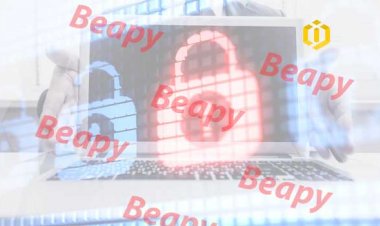Blockchain Is to help New York Times to Verify News’ Validity
The New York Times (NYT), the American newspaper with the rank of 18th in the world and 2nd in the U.S. in case of circulation is one of the most effective newspapers, so the validity of what is publicized by it is of high importance. Validity is actually not having any misinformation.

The New York Times (NYT), the American newspaper with the rank of 18th in the world and 2nd in the U.S. in case of circulation is one of the most effective newspapers, so the validity of what is publicized by it is of high importance. Validity is actually not having any misinformation.
Blockchain Can Avoid Misinformation
Reportedly, this company is working on some experiments on Blockchain publishing and this news was first published by Coindesk in Mach.
It was pointed out that newspaper’s Research and Development team intends to use Hyperledger Fabric’s Blockchain to prove the validity of photographs associated to the news. It was elaborated by a new website specified to authenticate the projects and IBM Garage partnered it. The project is called News Provenance Project.
The first step was finding a Blockchain-based system to record any type of information which is somehow related to that news and the next step is to create some signals for the users to better understand authentic media by conducting the user experience research. These signals will be present on social media, in group chats and search results.
The whole project is supervised by New York Times’s Research and Development team and it will be profitable not only for the company itself but also for everyone somehow involving in this ecosystem especially the company’s main clients; i.e. news audience.
The average time they have considered to accomplish the project is about a year. And the primary publication about it will be available till this fall.
What Is the Reason Behind Choosing Blockchain?
In their opinion Blockchain has all the merits expected in the journalism industry in sharing information like maintaining its authentication or being tamper-proof and being available for many parties.
The project principals believe that the misinformation and fake media can damage publishers to such extent that gradually their audience distrust them and lose their interest toward them.
Some informed people in this field have supported this project, Civil Media CEO Vivian Schiller’s tweet and the project leader, Sasha Koren’s post, are some cases in point. Although there have been similar attempts before, washington Post’s visual explainer of manipulated video, First Draft, and consortiums like Misinfocon are some examples working to avoid any information misuse.
The present study has once shown its future decision through a post, according to a report by CoinDest in March. Seemingly, such projects might help the journalists to face a more facilitated process in verifying the accuracy of the information.

 Coins International Journal
Coins International Journal


















